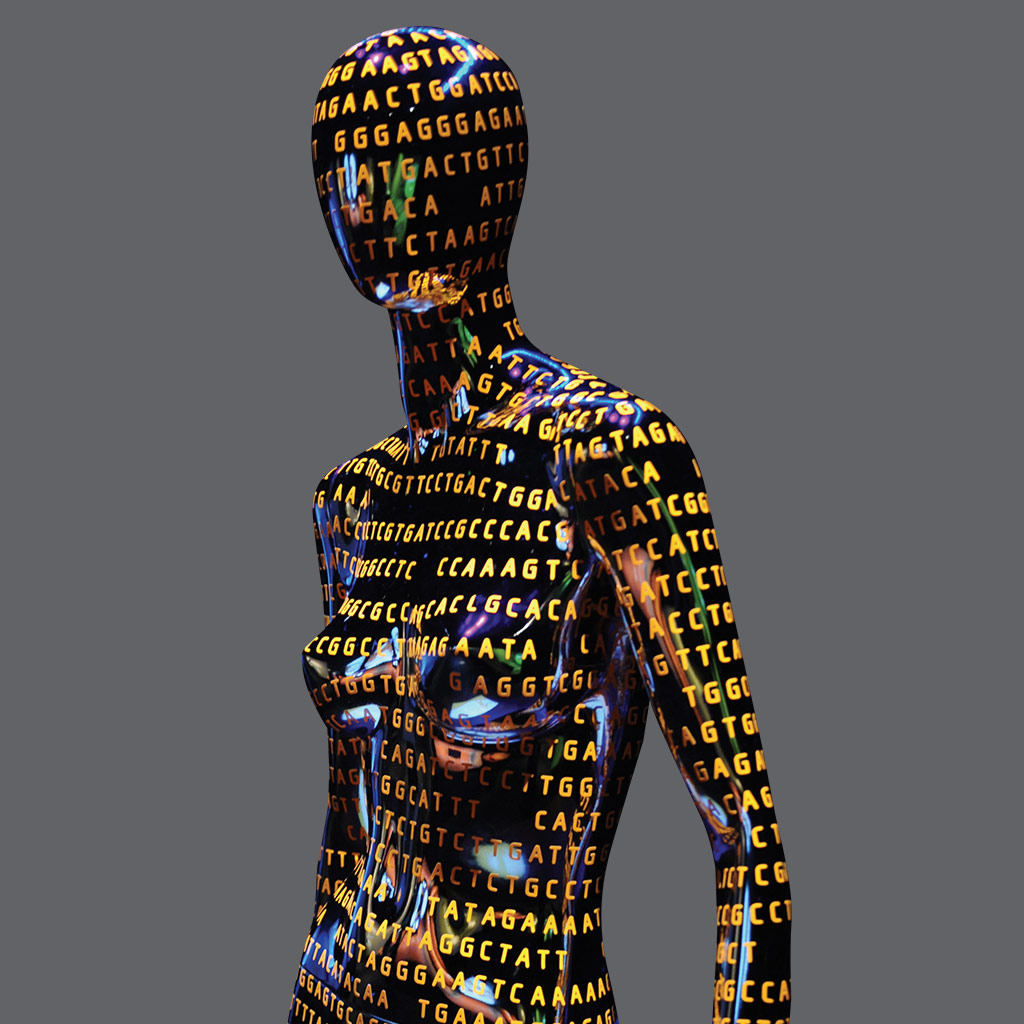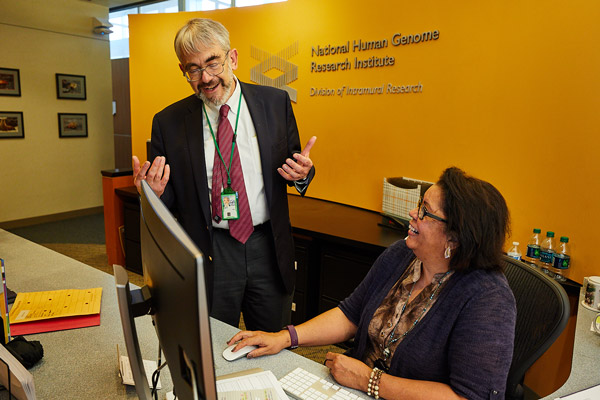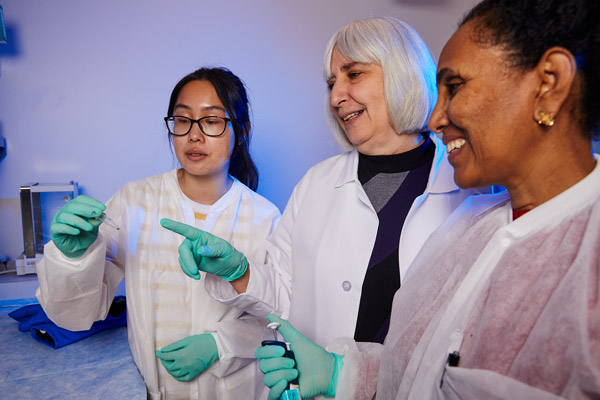The Human Microbiome Project Reaches Completion
In January, NHGRI hosted a workshop as part of our ongoing ‘Genomics2020’ Strategic Planning Process entitled “From Genome to Phenotype: Genomic Variation Identification, Association, and Function in Human Health and Disease.” The workshop included valuable discussions about a variety of topics that will help to shape this research area of the Institute’s 2020 strategic plan. The report of that workshop is now available. Next for the ‘Genomics2020’ Strategic Planning Process, NHGRI will hold a Town Hall at Massachusetts General Hospital on July 17; that event will emphasize the ideas emanating from the January workshop. Interested colleagues in the Boston area are invited to come and participate in that Town Hall!
I also wanted to give a special ‘shout out’ about NHGRI’s Intramural Research Program and its remarkably productive investigators. Note that three of the stories that follow describe recent honors given to intramural researchers — congratulations to each of them!
All the best,
![]()
2020 Vision for Genomics
- A report from the “From Genome to Phenotype: Genomic Variation Identification, Association, and Function in Human Health and Disease Workshop” is available.
- Recent and upcoming NHGRI ‘Genomics2020’ Strategic Planning Program events include: a session at the NHGRI Advanced Genomic Technology Development Meeting at Northeastern University on May 31, a Town Hall at NIH on June 20, Ethical Legal and Social Implications (ELSI) Strategic Planning Webinars on June 28 and July 9, and a Town Hall at Massachusetts General Hospital on July 17.
- To stay informed about the various strategic planning events, please sign up for email updates and monitor the ‘Genomics2020’ calendar.

Genome: Unlocking Life's Code
The Genome: Unlocking Life's Code exhibition is currently touring North America.
Next: September 12, 2019 – January 2, 2020
Turtle Bay Exploration Park
Redding, CA
After: January 17 – April 12, 2020
Museum of Science & History
Jacksonville, FL

About The Genomics Landscape
A monthly update from the NHGRI Director on activities and accomplishments from the institute and the field of genomics.
For More Information
Last updated: June 6, 2019





